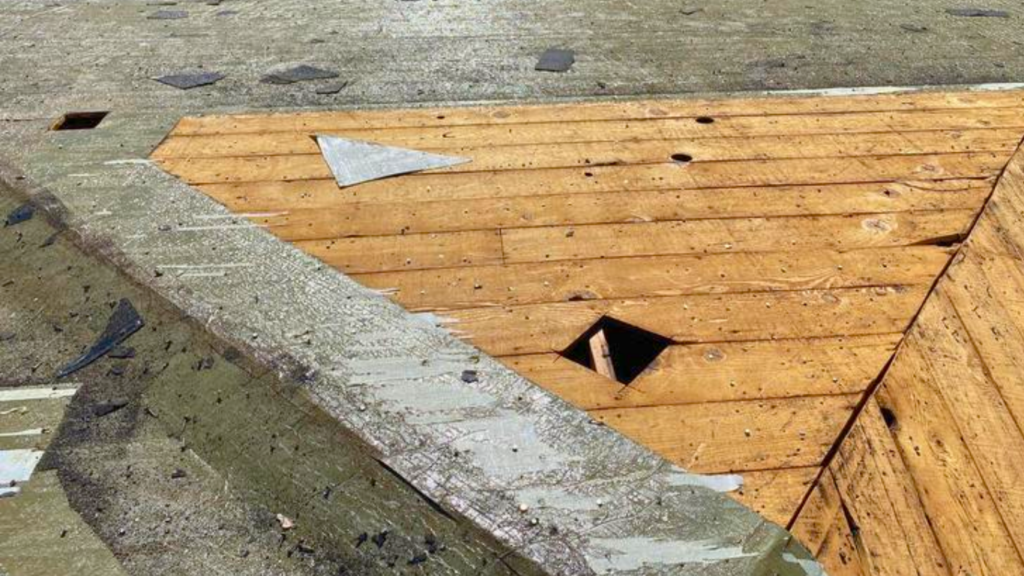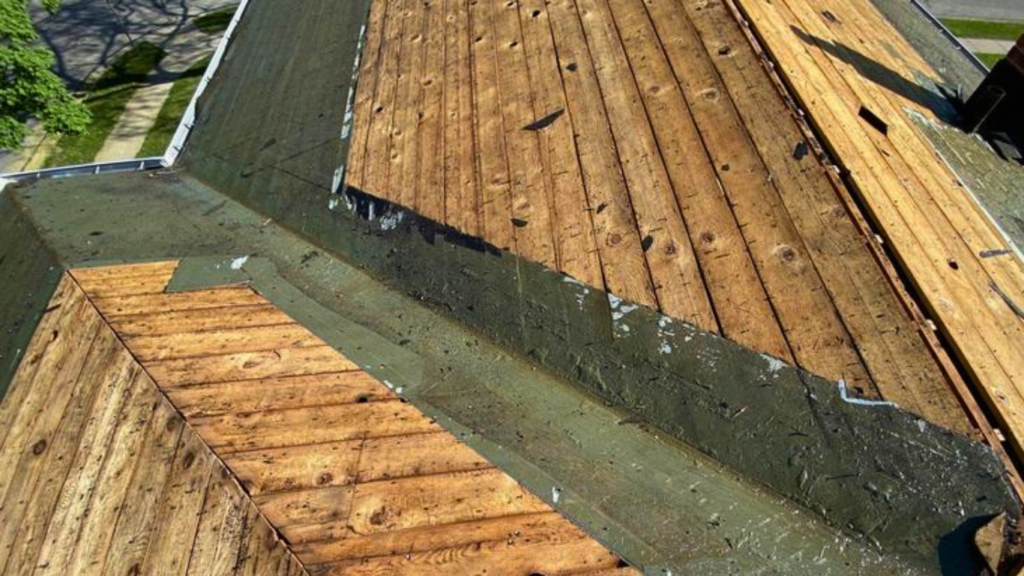
Introduction
In the heart of Wisconsin, where the changing seasons can test the resilience of any roof, the choice of roofing materials becomes paramount. Your home is not just a shelter; it's an investment in your family's comfort and well-being. Over the years, roofing technology has advanced, offering homeowners a multitude of choices to ensure that their investment remains secure. Among these innovations, the use of ice and water shield has emerged as a game-changer, delivering exceptional protection against leaks and water damage in a region where the elements can be unforgiving.
However, even in the midst of this innovation, it's important to recognize why experienced roofers in Wisconsin, as in many other places, do not employ ice and water shield to blanket the entire roof. Instead, they strategically reserve it for specific areas. In this blog post, we will delve into the underlying reasons for this decision and thoroughly examine the distinctions between ice and water shield and traditional roofing felt. We will also address the crucial question: why is ice and water shield not utilized to cover the entire roof in place of felt?
While the climate in Wisconsin might vary significantly from other regions, the roofing terminology remains the same, and the underlying principles are universally relevant. Let's dive into the world of roofing to understand why this choice is made and how it impacts the longevity and reliability of your roof.

Ice and water shield, often referred to as a weatherproofing underlayment, has garnered a reputation for its impressive ability to keep water out. This self-adhering, rubberized asphalt product is particularly popular in areas prone to ice dams, where it provides an added layer of protection against water intrusion. Roofing felt on the other hand, is a more traditional material used in roofing. One significant difference between these two options lies in their breathability.
Roofing attics need to breathe. This is the number one reason why felt is used as the primary underlayment material. Roofing felt, also known as tar paper, is a breathable material that allows for the circulation of air between the roof deck and the shingles. This ventilation is crucial for preventing moisture buildup and maintaining the overall health of the roof structure.
The lack of breathability in ice and water shield makes it unsuitable as a full-coverage underlayment for the entire roof. When applied across the entire roof surface, it would obstruct the crucial airflow needed to prevent moisture-related problems, such as mold, rot, and condensation. Roofing felt, with its porous structure, strikes a balance between providing protection and allowing the roof to breathe, making it a better choice for the overall roof deck.
Ice and water shield, also known as a self-adhering membrane, is a modern roofing material that offers exceptional protection against water infiltration. It is typically made from a rubberized asphalt material that is backed with a peel-and-stick adhesive. This design ensures a watertight seal when properly applied. Roofers primarily use it in vulnerable areas, such as eaves, valleys, and around roof penetrations like chimneys and skylights.

The key benefits of ice and water shield include:
Roofing felt, often referred to as tar paper, has been a staple in the roofing industry for decades. It is made from an asphalt-saturated organic or fiberglass material, and it is typically installed in overlapping layers on the roof deck before the shingles are added. Roofing felt offers its own set of advantages, which include:
Conclusion
In the world of roofing, the choice between ice and water shield and roofing felt is not a matter of one being superior to the other. Rather, it's about utilizing each material where it excels. Ice and water shields offer exceptional water resistance and is a crucial tool in areas susceptible to ice dams and leaks. Roofing felt, on the other hand, plays a vital role in allowing roofs to breathe, preventing moisture-related issues, and providing cost-effective protection for the entire roof deck.
Understanding the unique properties of each material and where they are best applied is key to maintaining a durable and efficient roofing system. So, the next time you wonder why ice and water shield is not used to cover the entire roof, remember that it's all about striking the right balance between protection and ventilation to keep your home safe and dry. Roofers make these decisions with your home's best interests at heart, ensuring that your investment is safeguarded for years to come.